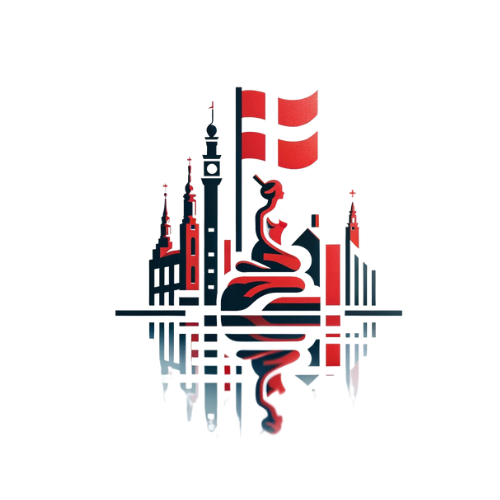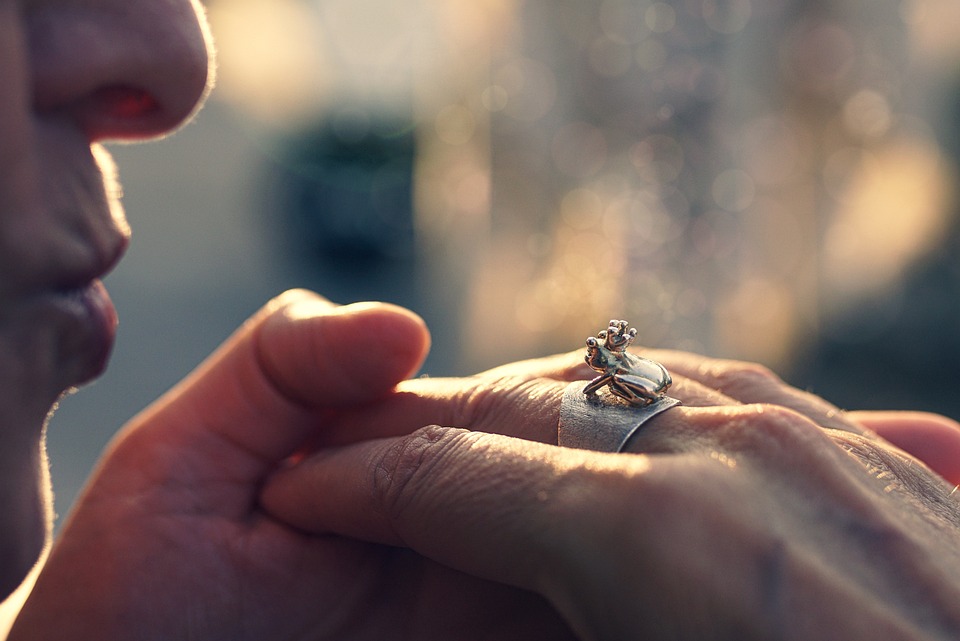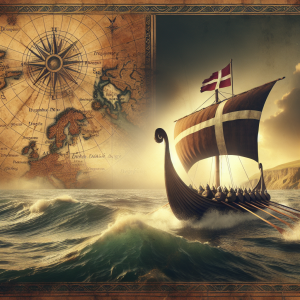As a proud Dane, I am captivated by the rich history and culture of Denmark. One of the most enchanting aspects of Danish heritage is the tradition of fairy tales, which have been passed down through generations and continue to play a significant role in Danish society. In this article, I will take you on a journey through the culture of Danish fairy tales, exploring their origins, themes, and contemporary relevance.
The Origins of Danish Fairy Tales
The roots of Danish fairy tales can be traced back to the works of renowned Danish author Hans Christian Andersen. Born in 1805 in Odense, Andersen’s timeless stories have become synonymous with Danish culture and have captured the imagination of people around the world. His iconic tales such as “The Little Mermaid,” “The Ugly Duckling,” and “The Snow Queen” have been adapted into countless forms of media and have left an indelible mark on literature.
- Folkeeventyr: In addition to Andersen’s contributions, Denmark has a long tradition of folkeeventyr, or folk tales, which have been orally transmitted through generations. These tales often feature fantastical elements and moral lessons and have become an integral part of Danish cultural identity.
Themes and Characters
Danish fairy tales are renowned for their whimsical and fantastical themes, featuring a diverse array of characters, from brave princes and princesses to mischievous trolls and talking animals. These stories often explore universal themes of love, perseverance, and the triumph of good over evil, resonating with audiences of all ages.
- Trolden: In Danish folklore, trolden, or trolls, are often portrayed as fearsome creatures that dwell in forests and mountains. They are a staple of Danish fairy tales and are often depicted as adversaries to the heroes and heroines of the stories.
Contemporary Relevance
While Danish fairy tales have deep historical roots, they continue to hold relevance in contemporary Danish culture. The stories of Andersen and other Danish authors are celebrated through festivals, museums, and theatrical productions, keeping the tradition alive for future generations to enjoy.
- Tivoli Gardens: In the heart of Copenhagen, the world-famous Tivoli Gardens amusement park draws inspiration from Danish fairy tales, enchanting visitors with its whimsical rides and magical ambiance.
Impact on Danish Culture
The influence of Danish fairy tales extends beyond literature and entertainment, permeating various aspects of Danish society. These stories have shaped the national identity, instilling a sense of pride and enchantment in the minds of Danes young and old.
- Festivals and Celebrations: Throughout Denmark, traditional folk festivals often feature performances and reenactments of classic fairy tales, fostering a sense of community and cultural unity.
Conclusion
Journeying through the culture of Danish fairy tales is a magical experience that offers insight into the heart and soul of Denmark. From the enchanting stories of Hans Christian Andersen to the enduring legacy of folk tales, Danish fairy tales continue to captivate and inspire audiences around the world. As a proud Dane, I am grateful for the rich tradition of fairy tales that has played such an integral role in shaping my cultural heritage.
So, whether you find yourself wandering through the cobblestone streets of Copenhagen or immersing yourself in the pages of a classic Danish fairy tale, I invite you to embrace the wonder and enchantment of Danish culture and embark on your own magical journey through the world of Danish fairy tales.





